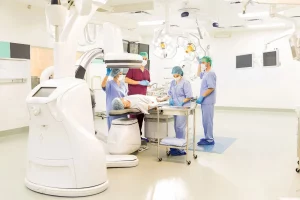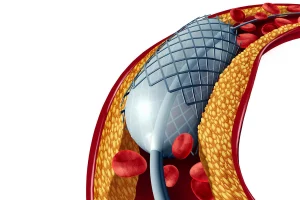What is ECG (Electrocardiography)? How to Withdraw?
There is a center in our hearts called the sinus node that produces electrical impulses at certain intervals, and the impulses emanating from here are transmitted to the entire heart through specific pathways. Electrocardiography (EKG) is the graphical representation of these electrical currents on paper. For this, electrodes are placed on the patient’s arms, legs, and the front of the chest. EKG is a simple yet very important diagnostic tool that shows structural changes, rhythm, and conduction disorders in the heart.
Structural changes include:
– Ventricular and atrial enlargements
– Thickening of the heart wall
– Indications of heart vessel obstructions, heart attacks, and stages of a heart attack.
In terms of the conduction and rhythm system:
– Heart rate
– Whether the rhythm is regular or irregular
– Extrasystoles and their point of origin
– Rhythm disorders during palpitation attacks
– Heart blocks and the need for temporary or permanent pacemaker implantation.
EKGs can generally be interpreted by any physician. However, in some complex and suspicious cases, it may be necessary for a cardiologist to interpret them. It is one of the most important and vital diagnostic tools in emergency departments and cardiology clinics.








